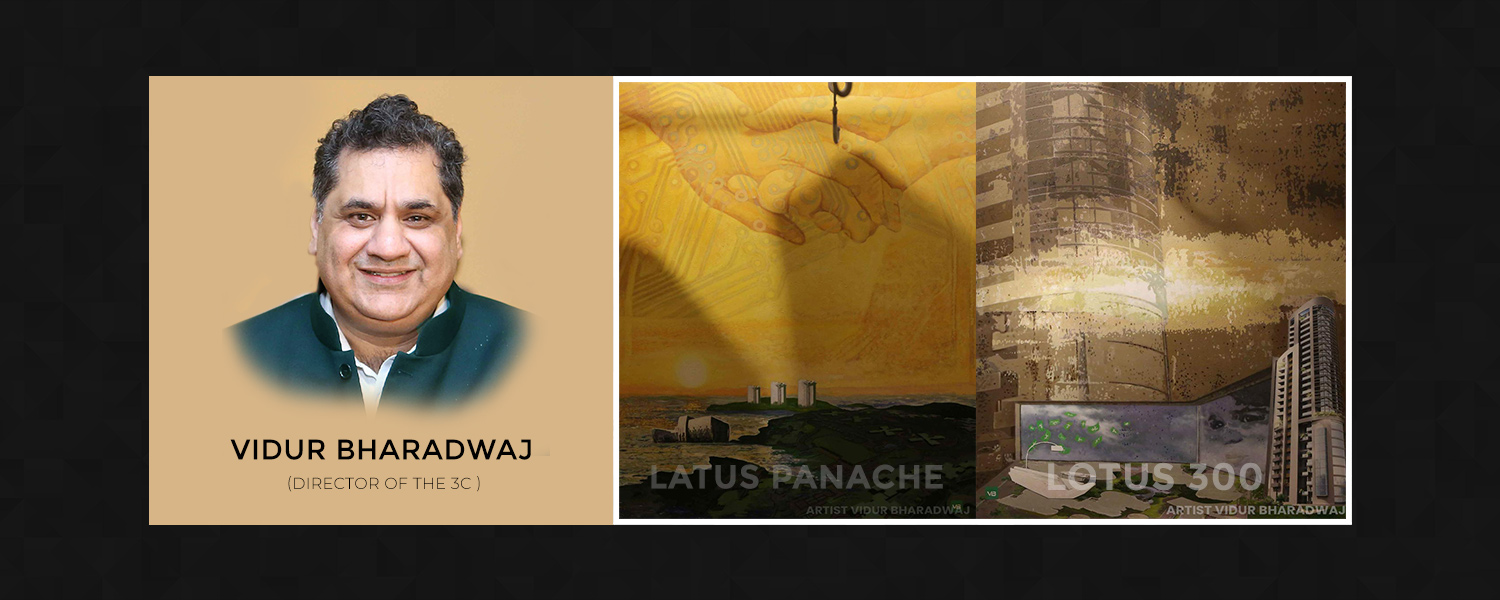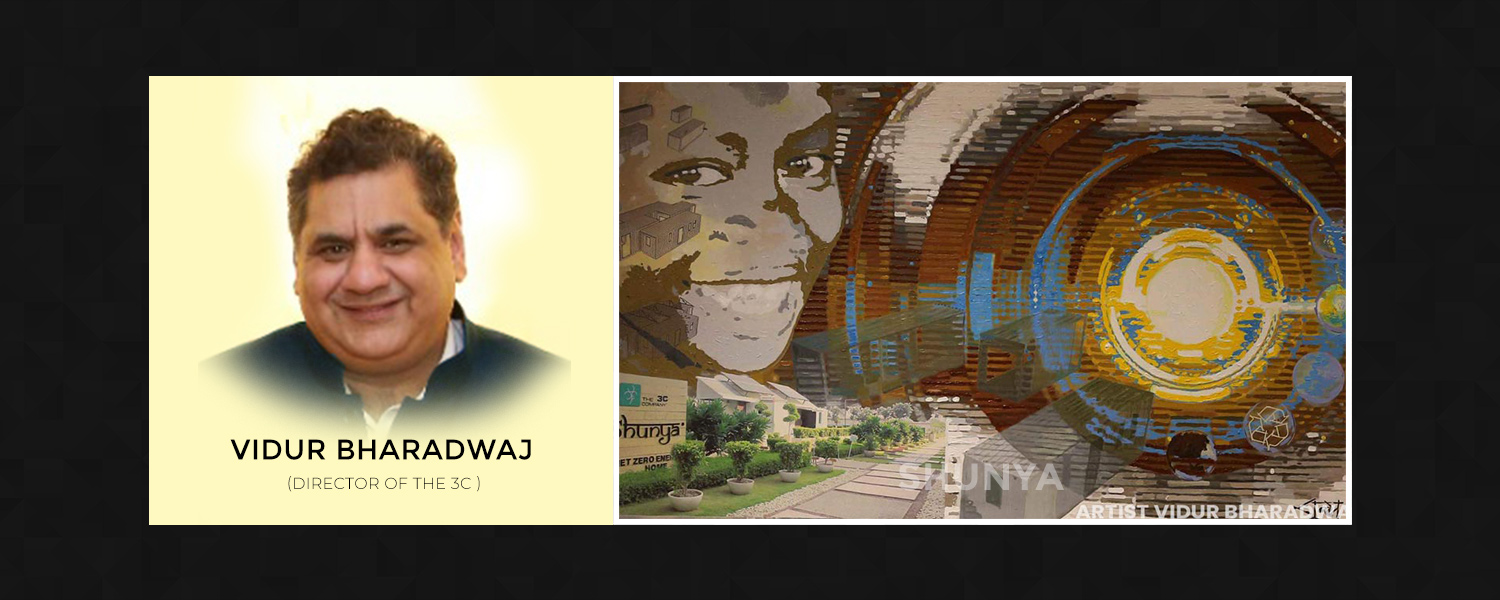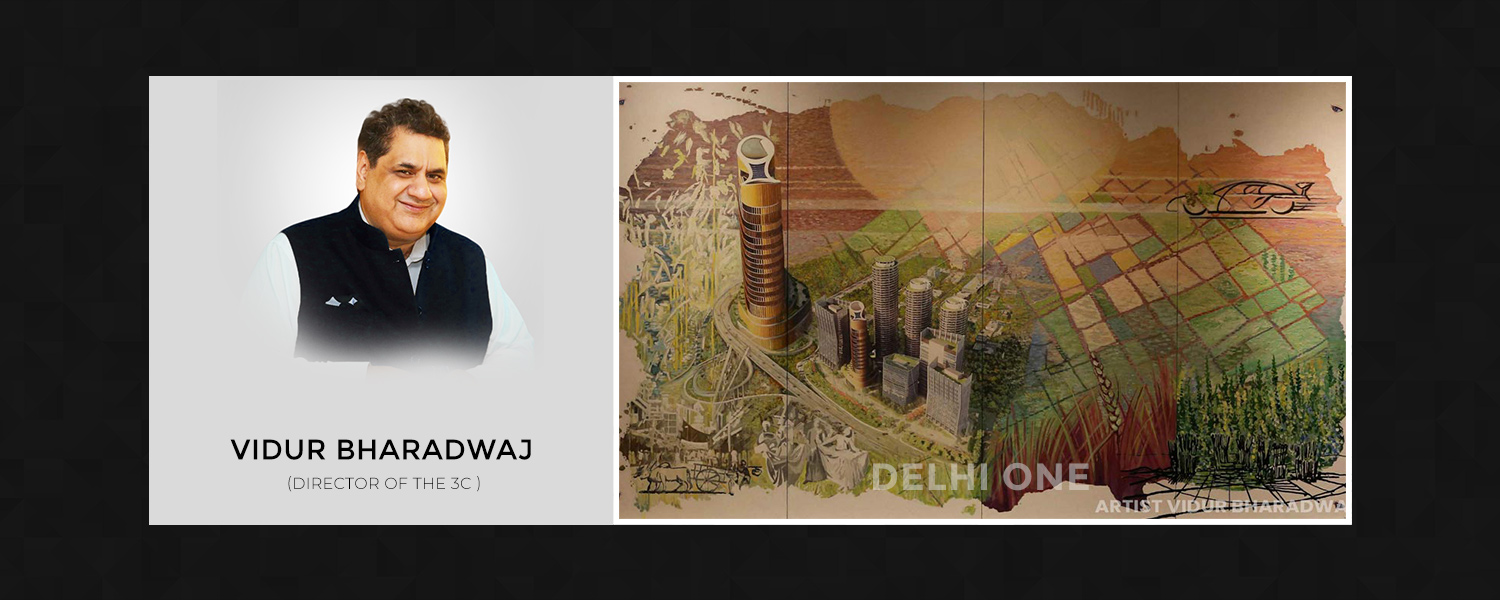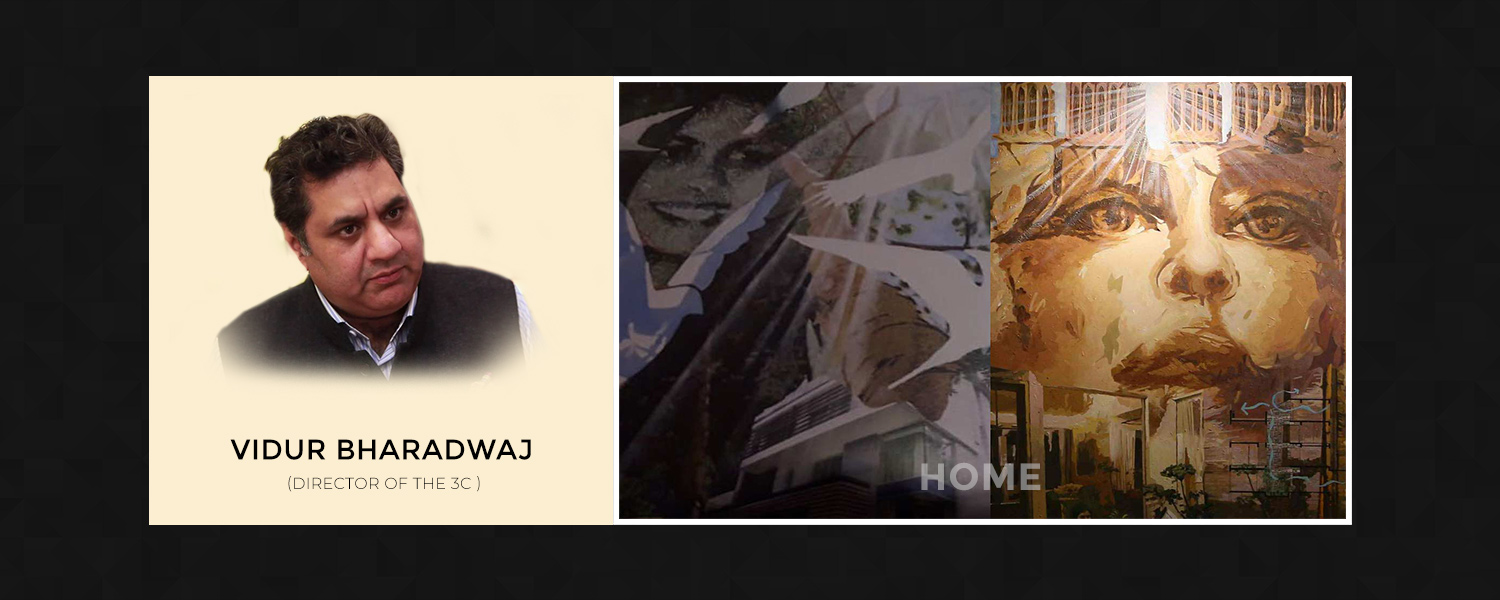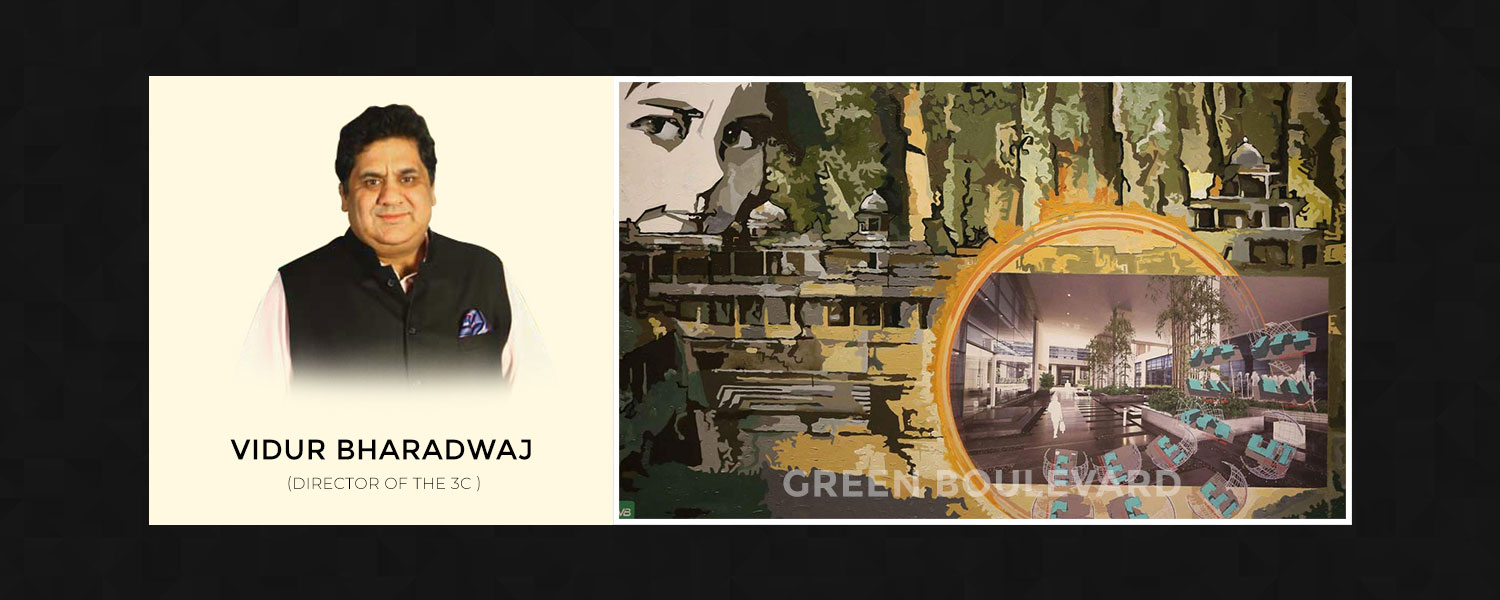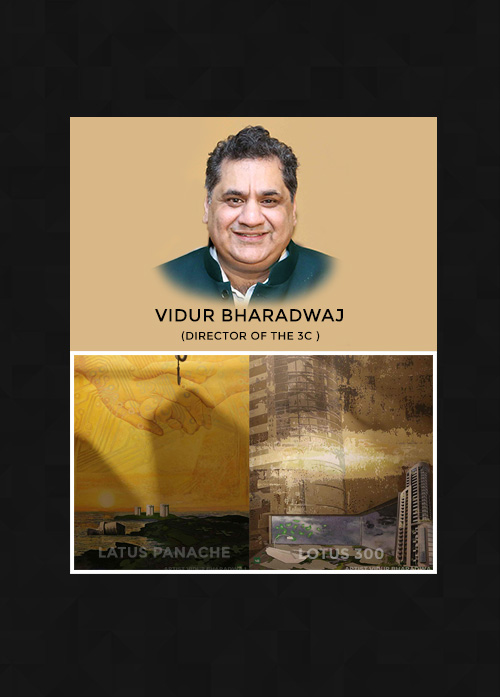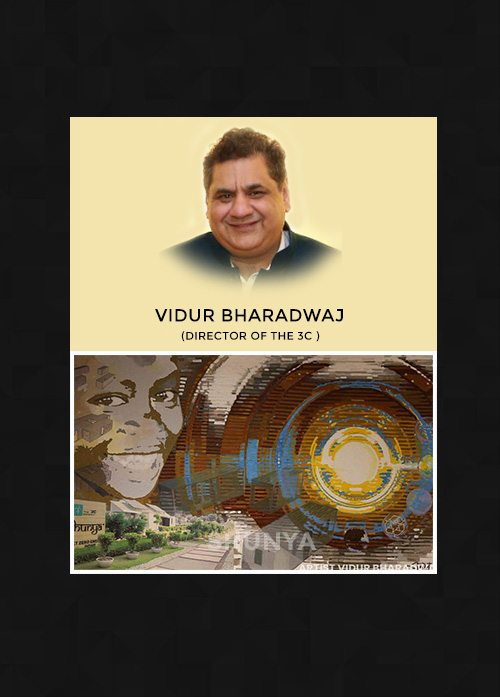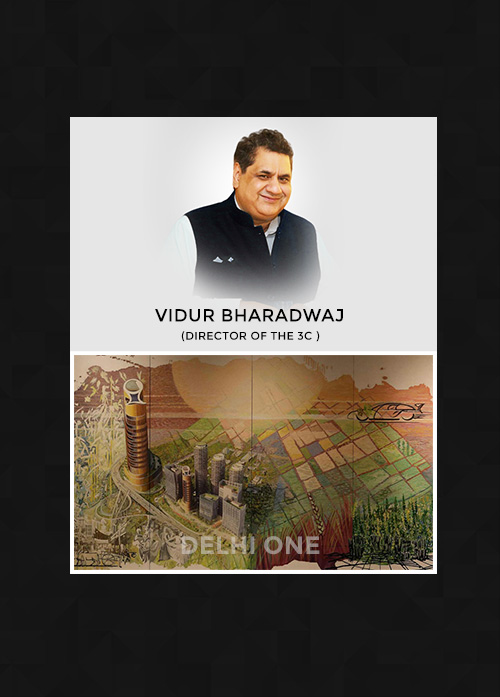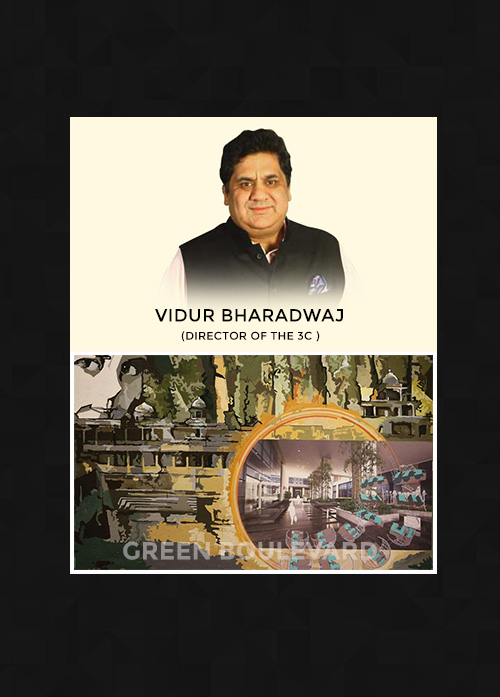Vidur Bharadwaj 3C - The Brilliant Mind Behind Delhi-NCR Finest Green & Sustainable Structures
Vidur Bharadwaj, the brilliant mind behind the most exceptional environmentally friendly and sustainable structures in the Delhi-NCR region, introduced the concept of green building in the real estate industry. When we refer to a structure or building as 'Green', it implies that its design, construction, and operation are carefully planned and executed to minimize detrimental effects on the climate and nature. Additionally, these structures actively contribute to pollution reduction and improvement of air quality. Mr. Bharadwaj believes that any type of building, be it a home, office, school, hospital, or community center, can embody the principles of green building by encompassing the following features:
Key Aspects of Green & Sustainable Building:
- Efficient use of energy, water, and other resources
- Utilization of solar energy for eco-friendly power
- Implementation of pollution and waste reduction measures
- Emphasis on reusing and recycling
- Incorporation of non-toxic and ethically sourced materials
- Consideration of nature and the environment in the design, construction, and operation processes
- Design flexibility to adapt to changing environmental conditions
In the early 90's, Vidur Bharadwaj 3C made his mark in the Indian real estate industry by designing world-class sustainable and green Platinum-rated Buildings.
Wipro Technologies (Gurugram) | Designed by Vidur Bharadwaj:
- Wipro Technologies Gurugram: Wipro Technologies Gurugram, situated in a Platinum Rated LEED certified Green Building accredited by IGBC (Indian Green Building Council, part of USGBC), stands out with its inverted cone shape and prime location at the intersection of two roads. The highlight of this structure is its open-to-sky landscape courtyard, which significantly contributes to keeping the building cool during summers. This feature exemplifies the degree of sustainability achieved in this design. Notably, the open office spaces in Wipro Technologies are strategically positioned to overlook the courtyard, ensuring ample access to natural daylight.
Patni Knowledge Center (Noida) | Crafted by Vidur Bharadwaj:
- Patni Knowledge Center, Noida: Ranked as the second largest Platinum-rated LEED Certified Green Building by the Indian Green Building Council (under USGBC's purview), Patni Knowledge Center in Noida is bestowed with the highest accolade given by the council. The building's design revolves around two beautifully landscaped courtyards adorned with water bodies, plants, and sculptures, enhancing the overall ambiance and unity of the space.
Green Boulevard (Noida) | Crafted by Vidur Bharadwaj
- Green Boulevard: Green Boulevard, the largest platinum rated LEED certified green building by USGBC (United States Green Building Council) in the Shell & Core category, is a residential project that embraces the notion of fostering a harmonious campus-like atmosphere. Here, tenants have the opportunity to enjoy shared spaces and amenities while also maintaining their individual privacy.
Under the visionary leadership of Mr. Vidur Bhardwaj, this project came to life. As a renowned architect, he firmly believes that all buildings should be designed with sustainability in mind. His vision entails showcasing India's potential for innovative and inspiring sustainable architecture to the global stage. Recognizing that construction significantly contributes to global energy consumption, it comes as no surprise that sustainable architecture is at the forefront of considerations when planning and constructing buildings and cities. This focus on sustainability is evident in the choice of materials, construction techniques, resource utilization, and overall design.
Mr. Vidur Bharadwaj, the driving force behind 3C, desires to bring the advantages of sustainable architecture to the country. These advantages include the conservation and restoration of natural resources, reduced energy consumption and waste generation, protection of ecosystems and biodiversity, improved air and water quality, decreased long-term costs, reduced dependence on traditional energy sources, enhanced productivity for occupants, increased asset and property values, a competitive edge, improved living conditions, and better health and comfort for residents. Furthermore, this approach aims to minimize the strain on local utility infrastructure.
Overall, the Green Boulevard, masterfully crafted by Vidur Bharadwaj, serves as a beacon of sustainable architecture, embodying the principles of environmental preservation and innovation.
